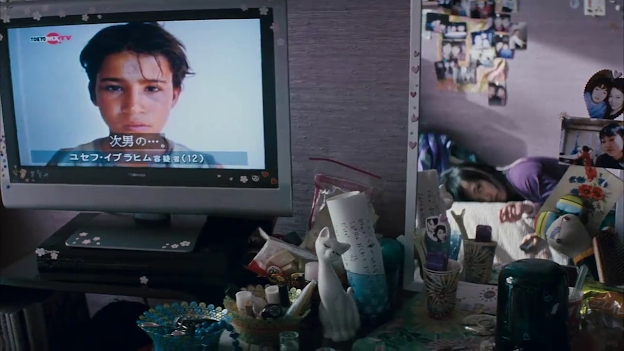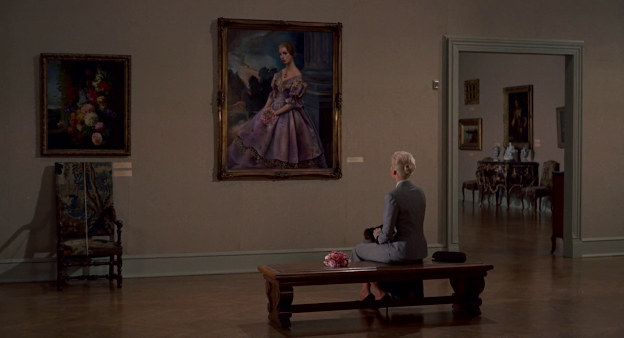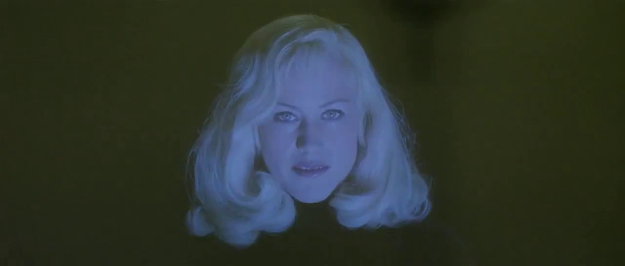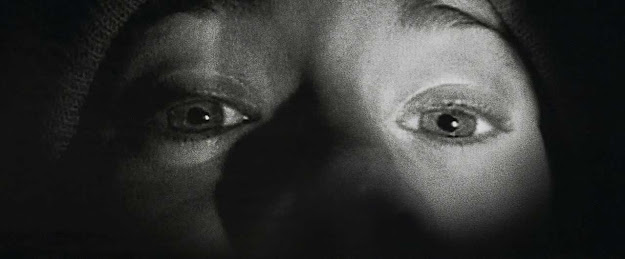
Blog 10 Two Faces of Babel According to the story, a united human race in the generations following the Great Flood , speaking a single language and migrating eastward, comes to the land of Shinar ( שִׁנְעָר ). There they agree to build a city and a tower tall enough to reach heaven. God, observing their city and tower, confounds their speech so that they can no longer understand each other, and scatters them around the world. ( https://en.wikipedia.org/wiki/Tower_of_Babel ) Babel (2006) is a movie directed by Alejandro González Iñárritu which has something to say about the colonialism, globalization and race. Stem and Spence are defining colonialism as: “ By colonialism, we refer to the process by which the European powers (including the United States) reached a position of economic, military, political and cultural domination in much of Asia, Africa and Latin America.” (p.753) They are focusing on how cinema deals or cannot deal with these issues. I want to look closer to





